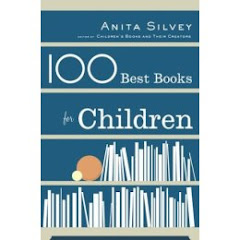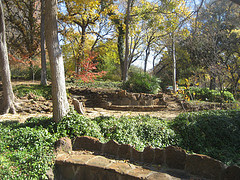 Scien-Trickery
Scien-TrickeryRiddles in Science
By J. Patrick Lewis
Introduction: The award winning poet, J. Patrick Lewis, compiles eighteen humorous science-based riddles into a brightly illustrated book. Each of the rhyming, riddle poems revolve around subjects such as germs, magnets, oxygen, gravity, electricity, sound, oceans, and Albert Einstein. Educators will enjoy using these silly riddles at the beginning or culmination of various science lessons. Large, colorful illustrations by Frank Remkiewicz provide clues that provide a connection to the text. Most of the riddles are easy and make each topic more memorable. For example:
Shhhhhhhhhhh!
I am expressible
Only by decibel:
10 is a whisper,
30 is crisper,
60, in relation,
In normal conversation.
80 is traffic and telephones.
120? The Rolling Stones.
130 is a cannon shot!
150 is…what?
*Did you guess "sound" as the answer?
Lewis provides a page of “Notes” at the back of the book. The notes correlate to the riddles by giving short snippets of factual information for each subject which in turn could be used for extension activities. For example, the notes provided for Shhhhhhhhhhh include:
Shhhhhhhhhhhh!
"Sound is created when an object moves, even just a little. The movement causes a disturbance, which radiates outward through the air in waves. When the waves reach your ear, what you hear is sound."
Push Me, Pull me
“Say, what if we two,” she insisted,
“Could stick together?” He resisted.
Their north poles jitterbugged and may
Have touched…but quickly pushed away.
And so they tried to make a start
From south to south…still far apart.
Turning around and facing north,
She threw her little metal forth!
Kaaa-thwupp! Those two engaging chips
Were stuck like barnacles to ships.
Extension: Each rhyming riddle lends itself to a variety of presentation options as well. Push Me, Pull Me might be best performed as a dramatic play activity. After the educator provides students with time to explore the push and pull of real magnets, he/she reads the Push Me, Pull Me riddle several times. One day, have students follow the riddle by using two magnets to demonstrate the text. On the second day, have students get into groups of two and follow the text of the riddle while jitterbugging, and connecting together as the text states.
Scien-Trickery provides elementary school teachers with a fun, go-to book of creative riddles that correlate with many of the state standards.
Lewis, J Patrick. 2004.
Scien-Trickery. New York: Harcourt, Inc.



